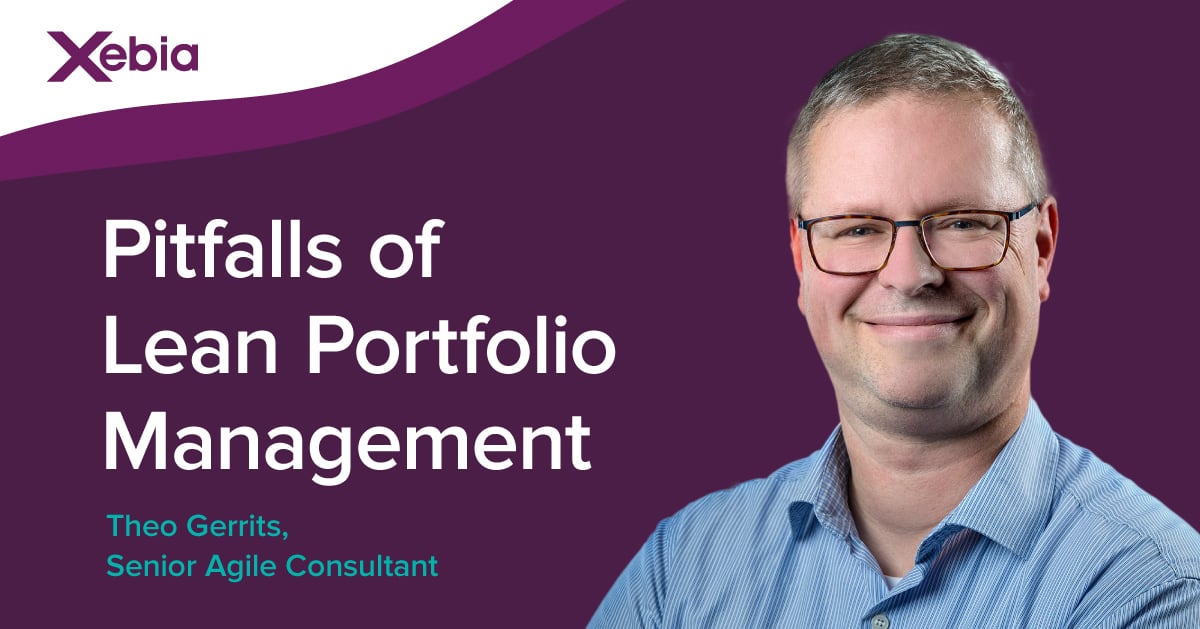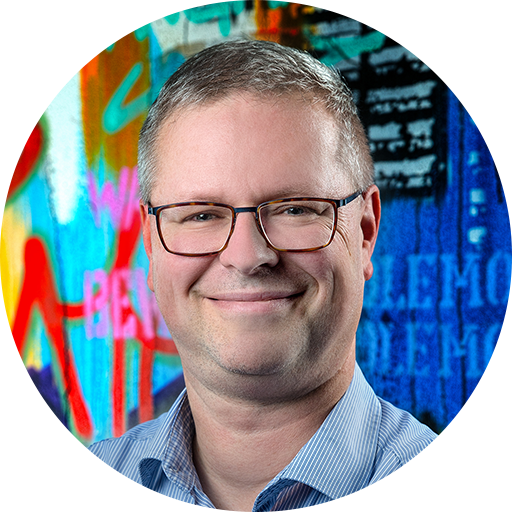How to successfully implement SAFe®?
Pitfalls of Lean Portfolio Management
Strictly following SAFe® practices as precisely as possible will not give the desired improvement results. Unfortunately, 'by the book' does not exist in complex systems or implementations. We believe every organization is different in any digital transformation. If we do not consider organization specifics like culture or values, SAFe will fail to provide benefits. In other words: "context matters."
IMPLEMENT BY PRINCIPLE
Implementing by principle and not by practice will help your organization understand 'your system' and help find the right balance between, for instance, autonomy or authority, self-organization or business policy, and freedom or rules.
IMPLEMENT THE WHOLE
Merely implementing parts of SAFe, like Lean Portfolio Management, does not guarantee success either. As SAFe states: "Optimizing a component does not optimize the system." Portfolio Management should be implemented and optimized with Product management, Agile Release Trains, Agile Teams, and more.
USE ALL AVAILABLE MEDICINE
Imagine you are in a large drugstore. You see all these excellent medicines for all the diseases that you might suffer. You might as well buy them all, right? No! SAFe explicitly defines several 'configurations.' The more complex your organization, the more complex the SAFe configuration you will need. But beware: you probably do not need the whole arsenal of structures and tools that SAFe offers to stay healthy and function effectively.
REORGANIZE INSTEAD OF RELABEL
During transitions, existing practices are often relabeled to conform to the new desired target framework without actually changing procedures or processes. But if you keep doing what you did, you will get what you got. A new name isn't going to change anything!
The same applies to relabeling the existing organization; it will not automatically create more flow and speed! Instead, spend time understanding SAFe terminology, why it's there, its function, and the words' relationship to each other. From this understanding, the organization can be built with appropriate governance. Relevant training is available in SAFe for every kind of stakeholder.
PERSONALIZE YOUR SAFe® SET-UP
One of Lean and Agile's fundamental principles is continuous improvement, which SAFe promotes. SAFe even applies it to itself: it is being improved systematically. Initially, your SAFe set-up will focus on value delivery and the ability to improve future delivery. When the time comes to improve, don't be afraid to change the details of SAFe or choose different elements of SAFe that better suit your teams. SAFe is the means, and valuable results are the goal!
REMAIN FOCUSED IN TIMES OF CHANGE
Remaining focused in times of change is challenging. It's easy to start working on requests to satisfy customers or stakeholders, but what effect will this have on other requests? With so many tasks, will any project be finished soon? An easy way to counteract this effect and enforce focus is limiting the number of 'active' Epics. Apply a WIP limit (Work-in-Progress limit) and only start a new Epic when another is finished. Counterintuitively, this will deliver more complete Epics faster than working on them simultaneously.
Righ implementation of SAFe could enhance the performance of your organization
- 10 to 50% happier employees
- 30 to 75% faster time-to-market
- 20-50% increase in productivity
- 25-75% improvements in quality
These are proven benefits of scaling agile with SAFe (see picture)
Which aspect would you like to focus on? With our expert agile consultants, you can tailor the journey to your most urgent needs. We guided other companies, such as TomTom, Transavia, a Dutch ministry, Enexis, Unilever, and Philips.
Relevant Content
- Article: SAFe and (Lean) Portfolio Management
- Article: SAFe is not working. Now what?
- Customer Case | Transavia
- Customer Case | Dutch Ministry
- Recorded Webinar | How to screw up your Portfolio Management with Philips
- Recorded webinar | Agile portfolio management, budgeting, and financial control with Philips
Get SAFe Certified?
Do you want to learn more about SAFe? Gain insights in your SAFe Learning Journey and get Certified!
Certified Leading SAFe (for everyone who is in the SAFe Transformation)
Certified SAFe for Teams (for team members)
Certified SAFe for DevOps
Certified SAFe for Scrum Masters
Certified SAFe for Product Owners / Product Managers





